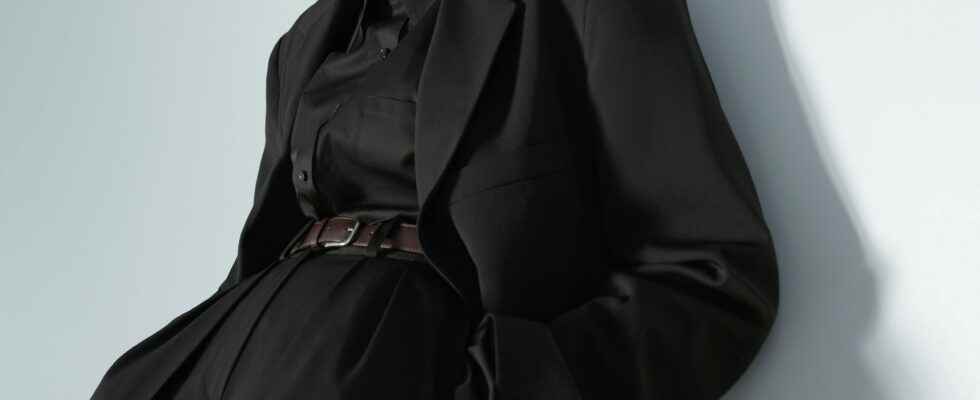Faced with the climate emergency, the luxury giants are multiplying eco-development and recycling programs. “France is proactive: since January 1, it has adopted a law that prohibits the destruction of unsold goods and we are the only eco-organization in the world to request participation from brands of upholstery textiles and shoes. to contribute financially to the prevention and management of the end of life of their products”, underlines Maud Hardy, general manager of Refashion.
On the “polluter pays” principle, the eco-organization thus collected 50 million euros in 2021 from 6,000 brands for a volume of 700,000 tonnes of textile produced. Via its Web platform, it informs, finances sorting operators and helps Research & Development through the challenge of innovation. “The concern, in France and in Europe, is that we lack industrial tools allowing the recycling of waste”, continues Maud Hardy.
Repair and recycle
Initiatives abound, however. “The luxury sector must manufacture products of equal quality that last, that are repairable and repaired in order to have a second life”, insists Géraldine Vallejo, director of sustainable development programs at Kering. The group made a commitment, at the end of 2018, not to destroy any of its unsold products. The Chanel house has entered the capital of the recycler Authentic Material. Weturn, a start-up that won over the LVMH group, produces recycled yarn from dormant stocks that it resells to weavers-knitters. “Only 1% of the textile materials collected is recycled and reinserted in a closed loop. Today, when the consumer enters a store, he finds 100% new products. The objective by 2030 is that he will be offered 1/3 new, 1/3 second-hand and 1/3 recycled materials”, dreams its founder, Sophie Pignères.
At Nona Source, “we connect the unused stocks of the twelve luxury houses belonging to the LVMH group and young designers with, as a result, a reduction of 70% on the price of new”, details Romain Brabo, its co-founder. The young eco-responsible brand Jaquett could not have launched without this platform. “We supplied ourselves from her for our first three collections, specifies the designer Arevik Alaverdyan. Recycling and traceability are now customer requests, especially at the top of the range.”
Recreate beauty
Another trend: upcycling, or “surcycling” in French. Virgil Abloh, then artistic director of Louis Vuitton, thus presented in 2020 the “Upcycling Ideology” collection, designed from old looks. In 2021, the American second-hand platform The RealReal launched “ReCollection”. The principle ? Convert damaged clothes into luxury pieces. Balenciaga, Dries Van Noten, Jacquemus or Stella McCartney joined the program. And some fifty parts upcycled by Atelier & Repairs were offered to the 20 million or so members of The RealReal. More recently, Arthus Bertrand launched “Collector”, a program to collect and recover recycled gold. A new luxury, circular and sustainable!
